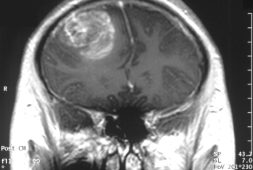5. Short periods without breathing (apnea)

Sleep apnea is a potentially fatal sleeping disorder in which breathing stops and begins regularly. You may have sleep apnea if you snore loudly and are fatigued even after a full night’s sleep. The three main types of sleep apnea are obstructive sleep apnea, which occurs when the muscles in your throat relax, central sleep apnea, which occurs when your brain fails to send proper signals to the muscles that control breathing, and complex sleep apnea syndrome, also known as treatment-emergent central sleep apnea, which occurs when someone has both obstructive and central sleep apnea.
When the muscles in the back of your throat relax, obstructive sleep apnea occurs. The soft palate, the triangular portion of tissue hanging from the soft palate (uvula), the tonsils, the side walls of the throat, and the tongue are all supported by these muscles. As you breathe in, your airway narrows or closes as your muscles relax. You’re not getting enough air, which causes your blood oxygen level to drop. When your brain detects that you are unable to breathe, it briefly wakes you up so that you can reopen your airway. You normally don’t remember this waking because it is so fleeting. Snorting, choking, or gasping may occur. This rhythm can repeat five to thirty times each hour or more during the night.



